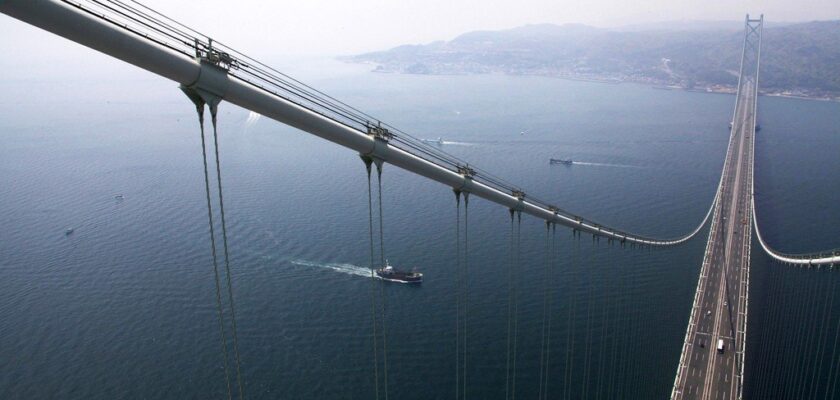Akashi Kaikyō Bridge
Akashi Kaikyō Bridge is a six-lane suspension highway bridge in Japan, the longest structure of its type in the world. The bridge crosses the Akashi Strait and connects the city of Kobe on Honshu Island to the city of Awaji on Awaji Island.
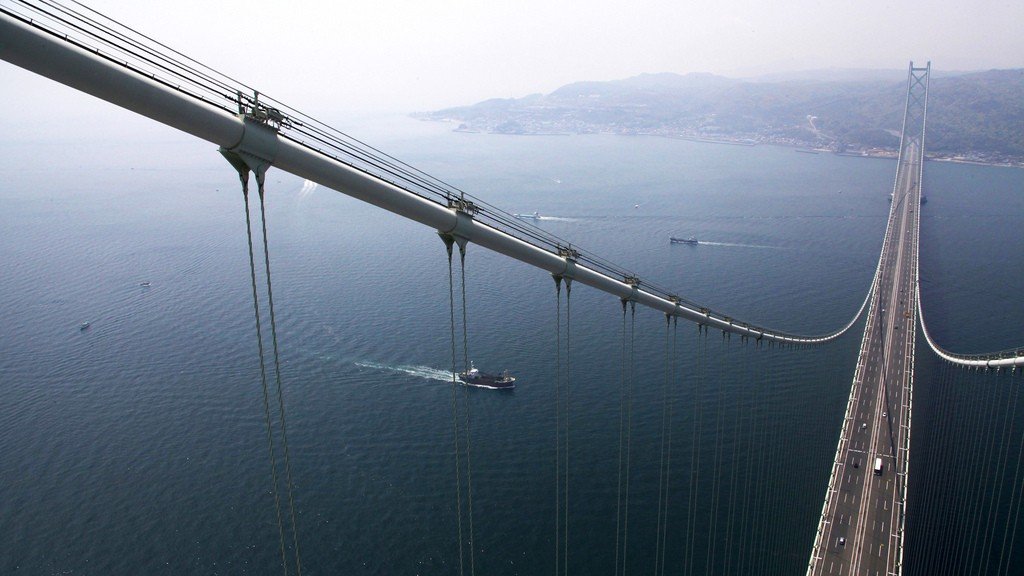
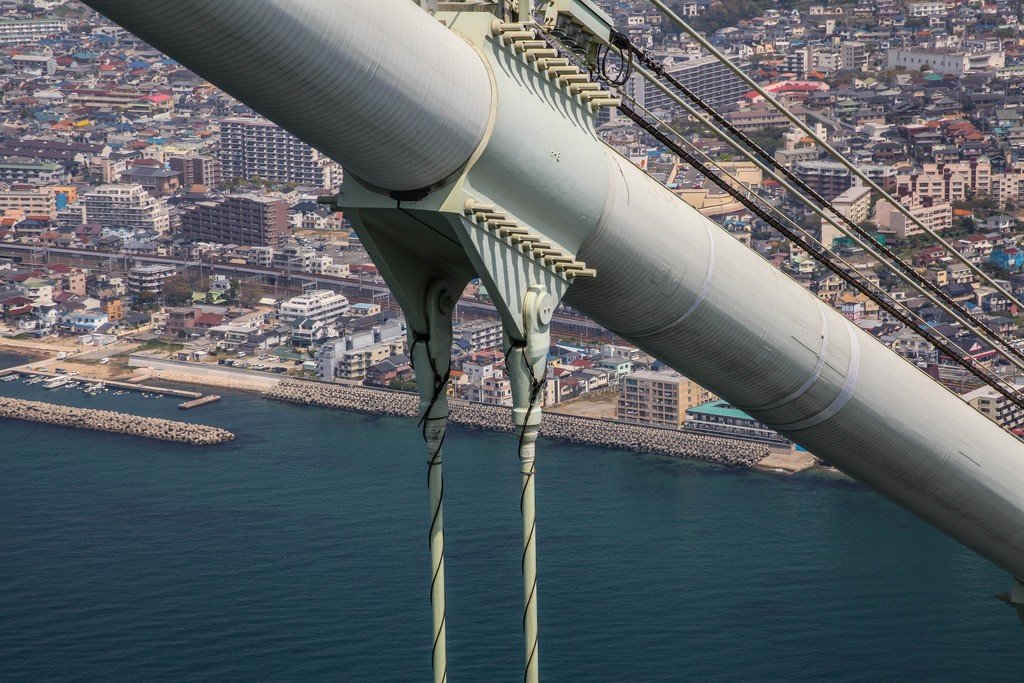
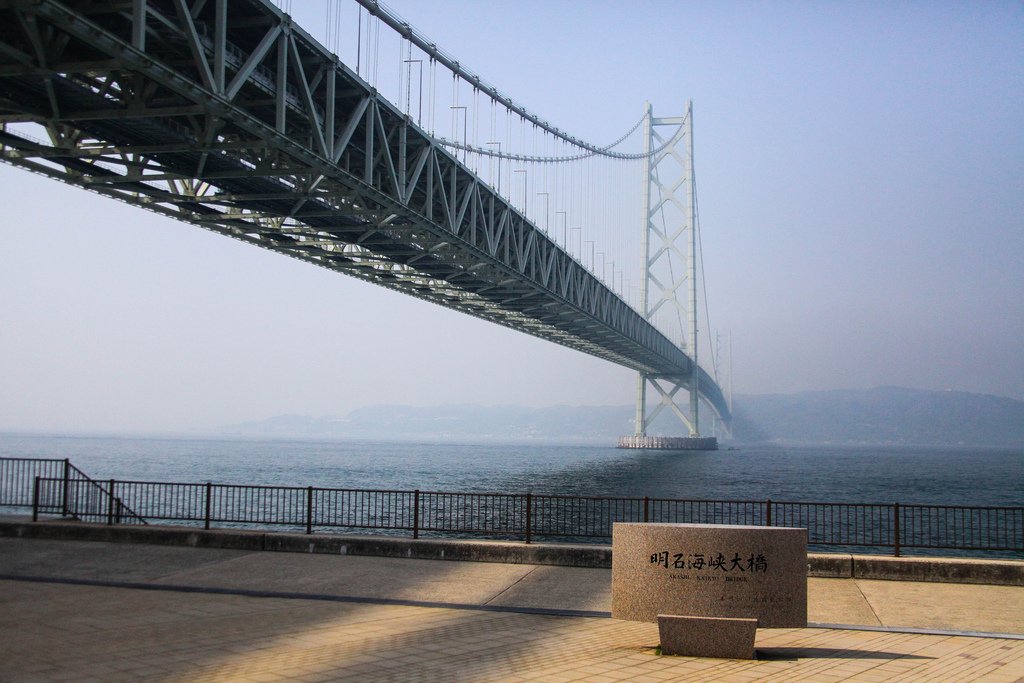
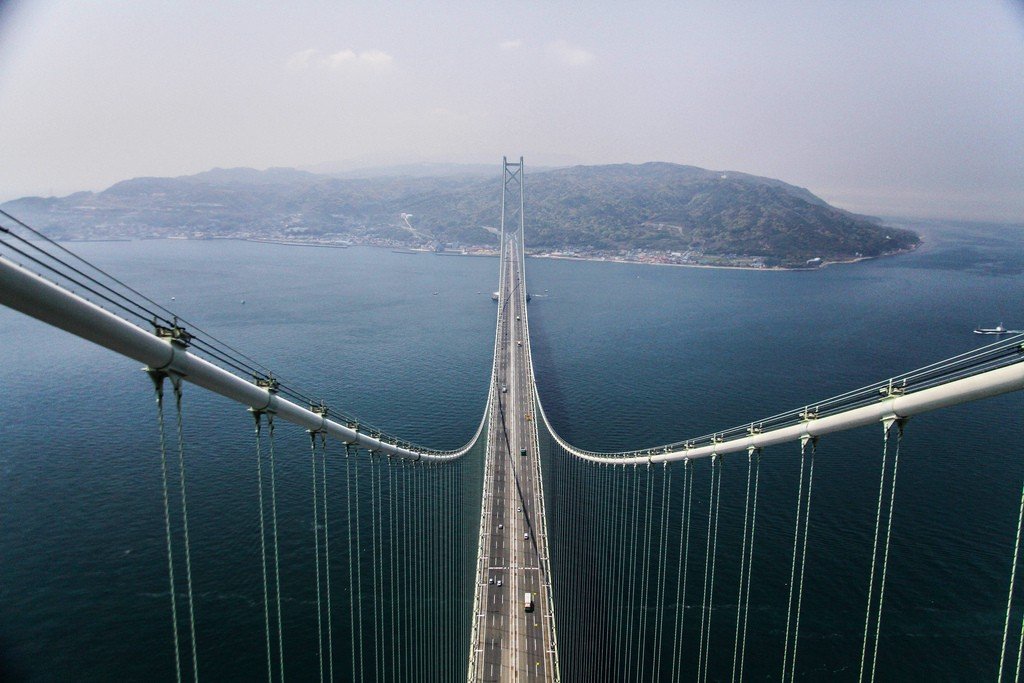
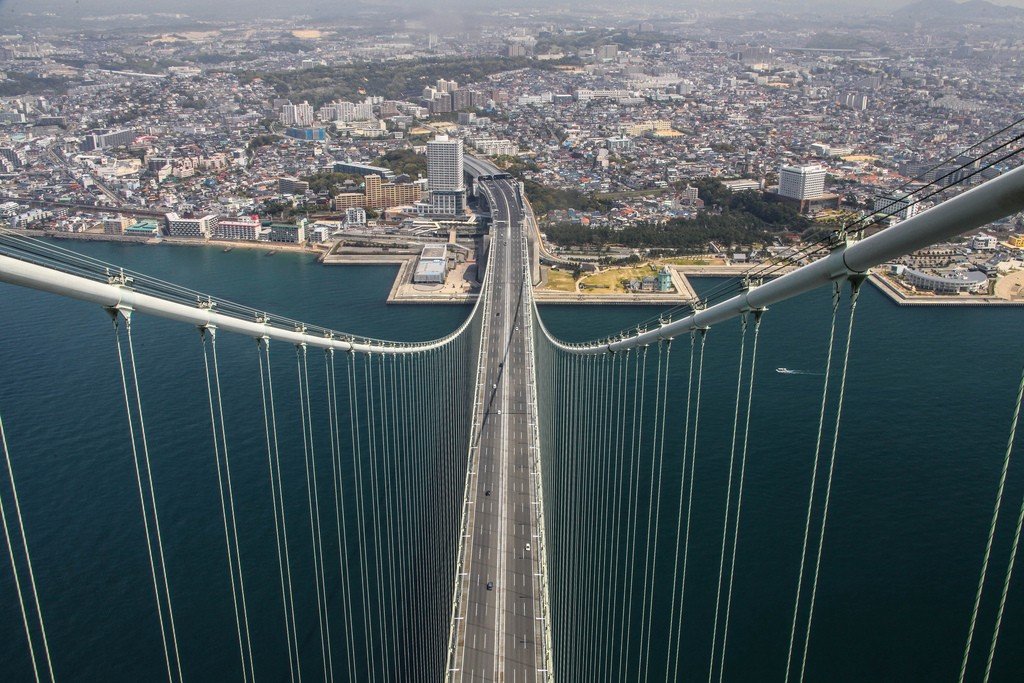
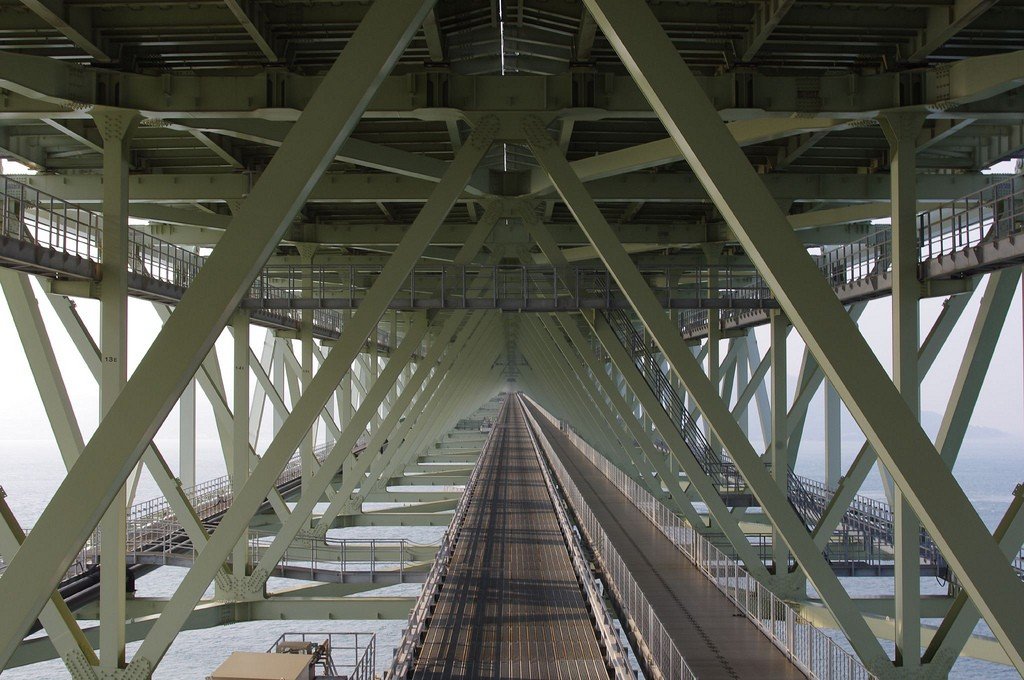
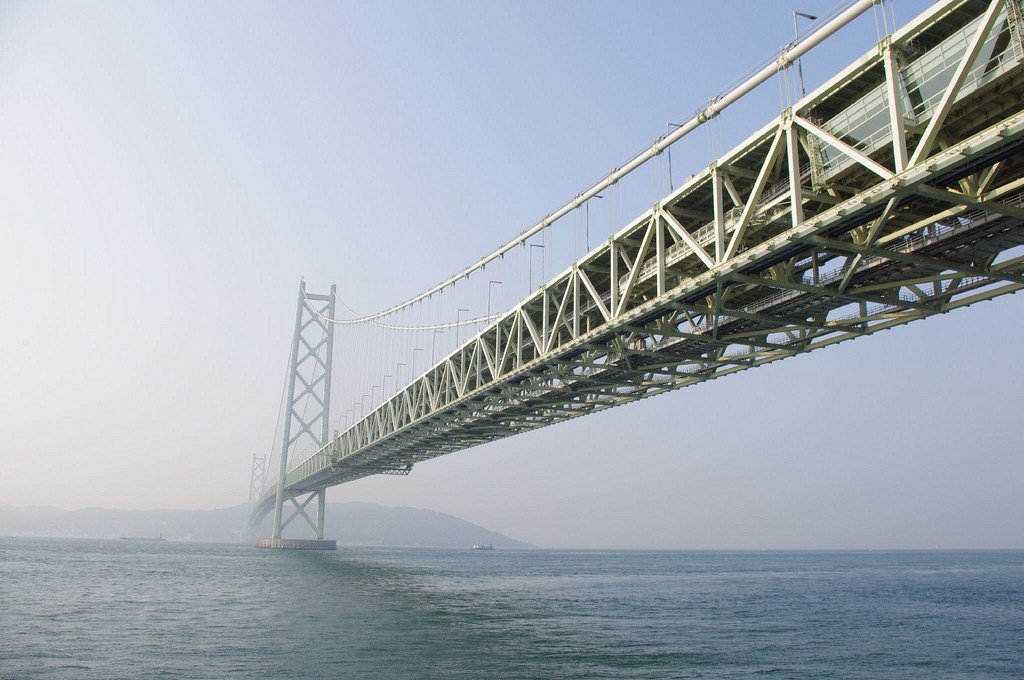
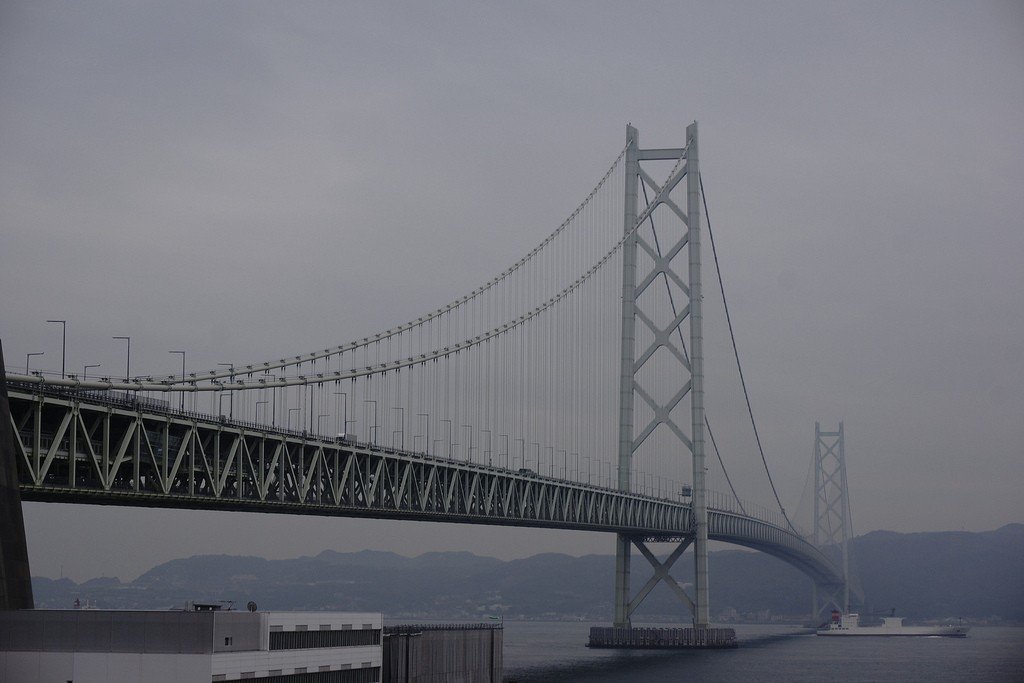
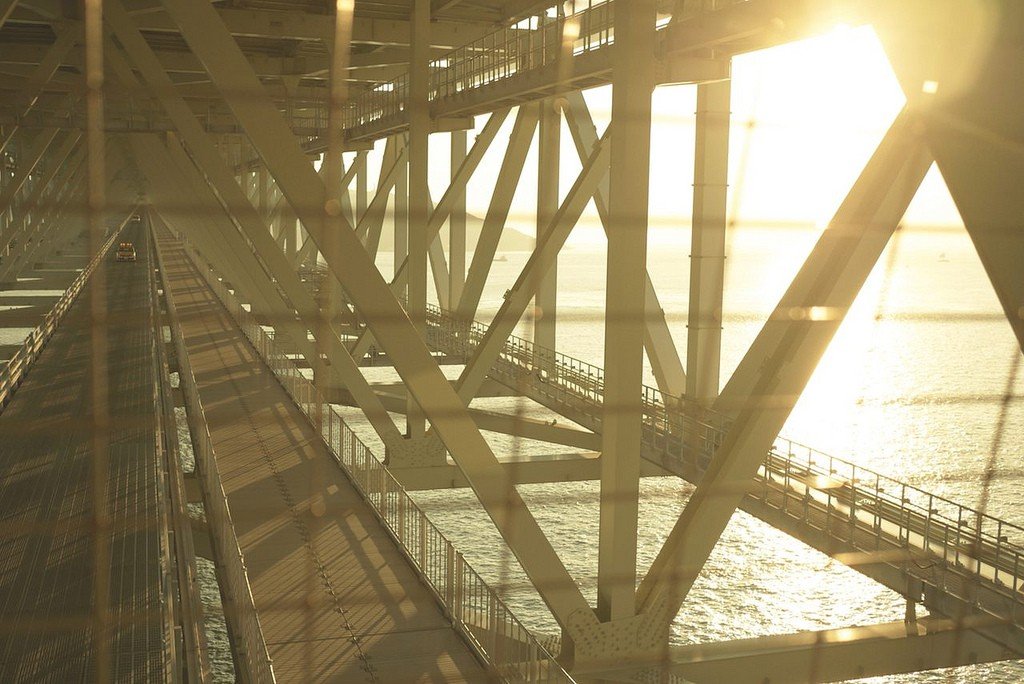
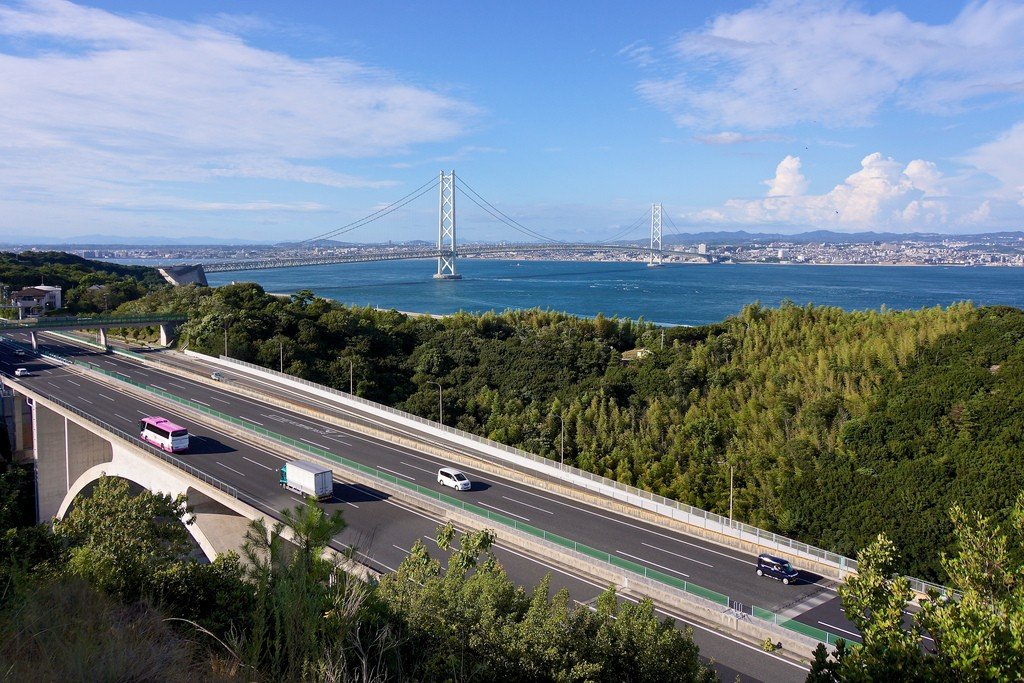
General information
The total length of the bridge is 3,911 meters and the distance between the supports is 1,991 meters. Due to its size, the bridge has twice entered the Guinness Book of Records. The construction of the bridge has its own special technical features of the bridge made to ensure that the bridge can withstand extreme loads. It is a system of double-jointed stiffening beams, which allow the bridge to withstand wind speeds of up to 80 meters per second, to withstand sea currents and to withstand earthquakes with a magnitude of up to 8.5. Special pendulum systems are also used, which work with the resonant frequency of the bridge structure. About 500 billion yen was spent on the construction. The bridge connected the two major islands of Japan, Honshu and Shikoku. If you want to admire the views from the bridge and the bridge itself, on the Kobe side, there is a 317 meter long concrete promenade specially built for this purpose.
.History of construction
The decision to build the bridge was made by the Japanese government back in the late 50s. It was forced to listen to the opinion of local residents who went on strike after the deaths of 168 children on two ferries that sank during a storm. However, the matter did not move forward until 1988.
.The sea itself, with its salt water, strong currents and soft ground, posed the biggest challenge in the construction of the Akashi-Kaikyo. To prevent the underwater structures of the bridge from collapsing under the influence of seawater, the Japanese invented a particularly strong, fast-setting concrete and built a plant near the construction site to produce it. This concrete was used to create two huge round platforms, which were poured ashore and then flooded with incredible accuracy for their size (the error was only 10 cm). They served as the foundation for the pylons, the erection of which became the next stage of construction. After surviving a 7.3 magnitude earthquake in 1995, the tallest pylons in the world at the time successfully passed the test of strength.
.
The Akashi-Kaikyo Bridge opened on April 5, 1998, providing an alternative to the unsafe ferry crossing.
.Interesting facts
- If all the cables of the Akashi-Kaikyo Bridge were to be tied together in a single line, they could girdle the globe 7 times! The Akashi-Kaikyo Bridge was built by the Akashi-Kaikyo Bridge.
- Since the construction of the bridge Akashi-Kaikyo cost the Japanese government almost 5 billion dollars, travel over it toll – the cost is 20 dollars. Therefore, even today, those who want to save money, risk their lives and continue to use the ferry crossing.
- The bridge has an unofficial name – Pearl Bridge.
